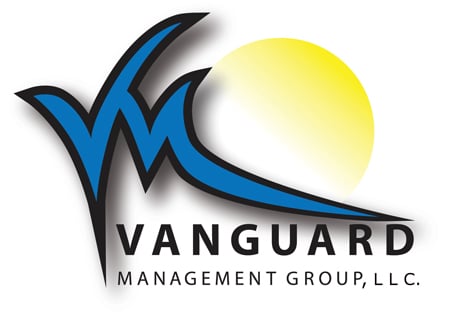

One of the chief obligations of a homeowners association is HOA maintenance. That said, homeowners in an HOA have a similar responsibility, which can be a common source of confusion. Where exactly does the line exist? Who is responsible for what?
Homeowners association maintenance encompasses the tasks and responsibilities of preserving the community’s appearance and overall value. It involves individual homeowners' obligations and the HOA’s collective efforts to maintain common areas.
It is worth noting that some states have specific HOA maintenance requirements. For instance, Florida Condominium Act Section 718.113 states that the association maintains all common elements. Limited common elements, on the other hand, may fall under the responsibility of those entitled to use them as the declaration provides.
Given the nature of HOA communities, homeowners may need help to discern which elements fall under the scope of their maintenance obligations. While state law can provide some guidance, more specific guidelines exist within the association's governing documents. The community plat and the CC&Rs, in particular, are the first places to look.
In general, though, maintenance responsibilities are typically divided as follows.
Homeowners or unit owners typically bear the responsibility for the upkeep of their individual properties. Maintenance obligations include landscaping, exterior maintenance, and compliance with community standards.
Most HOAs have architectural guidelines designed to maintain a consistent appearance within their communities. For example, an HOA may require owners to stick to a prescribed color palette when painting the exterior of their homes. Another HOA may mandate that owners secure permission before making any alterations or improvements to their home or unit.
Maintenance obligations are more confusing in condo communities, where many elements are shared among two or more owners. This is where the distinction between general common elements, limited common elements, and exclusive-use common elements plays a crucial role.
Typically, general common elements fall under the association’s scope of responsibility, whereas exclusive-use common elements fall under the responsibility of the owner who exclusively uses them. Finally, limited common elements are elements that more than one owner uses but less than all. Maintenance responsibilities for such elements usually fall under the scope of the individuals who use them.
An HOA is tasked with managing and maintaining common areas, including lobbies, parks, hallways, elevators, sidewalks, community amenities, and other shared spaces. The HOA also enforces community guidelines, including architectural standards, ensuring that all residents contribute to the neighborhood's overall cleanliness, appearance, and safety.
HOA exterior maintenance usually covers the exterior of buildings that the HOA owns. Common examples include the community clubhouse, the fitness center, and the common elements within a condo community. As for HOA sidewalk maintenance, the association is responsible for keeping sidewalks clean and functional.
The short answer is the homeowners association. Common areas fall under the maintenance obligation of the HOA or condominium. That said, homeowners also play a role in common area maintenance, albeit not directly.
Homeowners contribute to common area maintenance by paying their dues or fees. The HOA then uses these fees to fund the maintenance of communal spaces. While homeowners don’t personally tend to fund allocation and vendor coordination, they still share some of the responsibility but in the financial sense.

To ensure proper maintenance, every HOA must prepare a checklist or plan for maintenance. An HOA maintenance plan should include regular property inspections, landscaping maintenance, exterior repairs, and the enforcement of architectural guidelines.
An effective HOA maintenance checklist serves as a roadmap for routine upkeep. Here's a sample checklist:
Maintaining an association can be challenging, especially for an inexperienced board or a large community. The latter typically has more complex maintenance needs, made even more burdensome by a large number of amenities. Thus, hiring a professional HOA maintenance company can be beneficial.
These companies specialize in managing common areas, handling repairs, and ensuring the community meets its aesthetic and safety standards. Hiring a company can alleviate the burden on individual homeowners and the HOA board, allowing for more efficient and comprehensive maintenance. Maintenance companies offer their services in packages or on an a la carte basis. Either way, HOAs will find most of their needs addressed.
Aside from an HOA maintenance company, associations can also benefit from an HOA management company. A management company shoulders the board’s more tedious and administrative work. Moreover, management companies usually have maintenance personnel or close working relationships with vetted maintenance companies.
HOA maintenance is a collective effort that contributes to a community's overall well-being. By clearly defining responsibilities, individual homeowners and the HOA can work together to create a vibrant, safe, visually appealing neighborhood. Whether through effective communication, regular inspections, or the help of professional services, maintaining a sense of pride in the community enhances the living experience for all residents.
Vanguard Management Group offers HOA management services, including maintenance assistance. Call us today at 813-930-8036 or contact us online to learn more!
